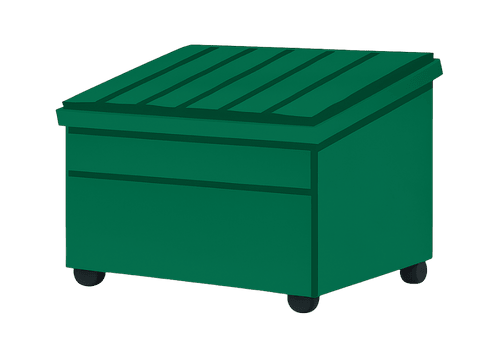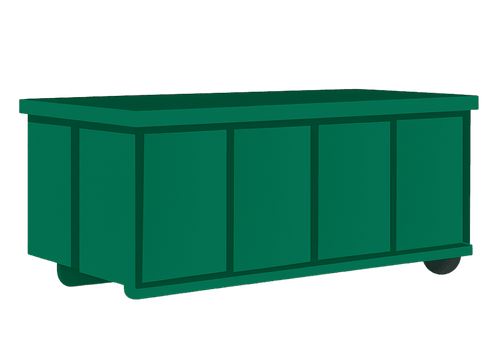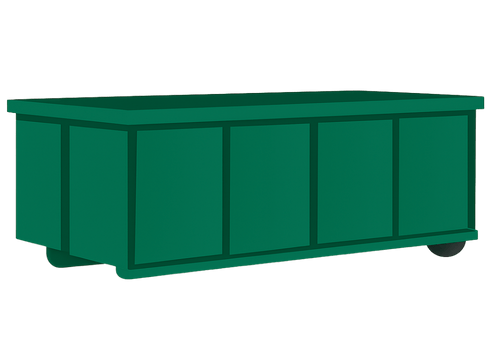Lowboy Dumpster Rentals
Specialized low-profile containers designed specifically for heavy materials like concrete, brick, dirt, and asphalt.
18 feet long x 8 feet wide x 2.5 feet high
10-12 tons (20,000-24,000 pounds)
10 cubic yards (≈ 270 cubic feet)
Lowboy Dumpster Overview
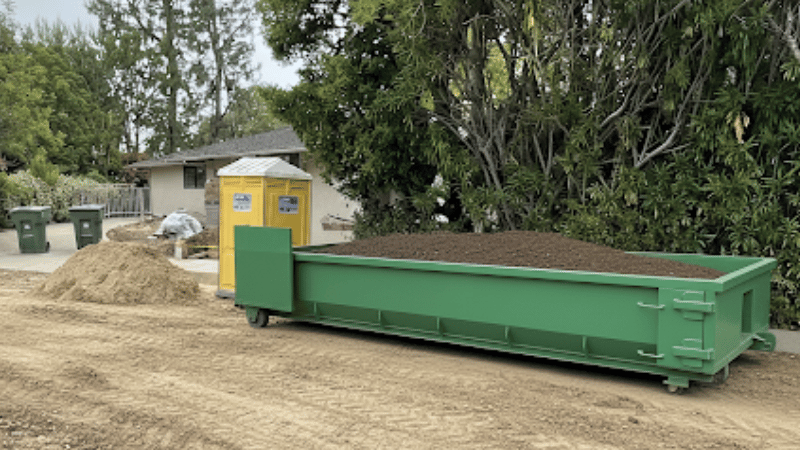
Best Suited For:
Lowboy dumpsters are engineered specifically for heavy, dense materials with their low-profile design making loading easier and maximizing weight capacity for challenging disposal needs.
 Brick & asphalt removal
Brick & asphalt removal Concrete disposal
Concrete disposal Dirt & other inert materials
Dirt & other inert materials
Prohibited Items
Note: Regulations may vary by location. Always confirm acceptable items with your dumpster rental provider, as disposal of prohibited items can result in additional fees.
How to Prepare For Delivery
Site Preparation Checklist
- Choose a flat, accessible spot: The dumpster needs a level surface. Driveways are ideal, but streets may be an option (permit may be required).
- Ensure clear access: Delivery trucks need about 60-75 feet of straight clearance to drop off a roll-off dumpster. Check for low-hanging wires, tree branches, or other obstacles.
- Protect your property: Consider placing plywood sheets or boards on your driveway to prevent scratches or cracks, especially for asphalt driveways in hot weather.
- Mark the spot: Use cones, tape, or lawn stakes to mark where you want the dumpster placed and keep the area clear.
- Check regulations: Some municipalities or HOAs require permits for dumpster placement, especially on streets. Apply for these 1-2 weeks in advance if needed.
Additional Sizes
Frequently Asked Questions
How much does a lowboy dumpster rental cost?
The cost of renting a lowboy dumpster typically ranges from $500 to $800 for a standard rental period. Pricing is often based on a flat rate for specific heavy materials like concrete or soil.
When should I choose a lowboy over a standard dumpster?
Choose a lowboy dumpster when your project primarily involves heavy, dense materials like concrete, dirt, brick, or asphalt. The low-profile design makes loading heavy materials much easier and safer than standard tall-walled containers.
Can I mix different materials in a lowboy dumpster?
Mixing different types of heavy materials is generally not recommended and may result in additional fees. Most providers prefer clean loads of specific materials for optimal disposal and recycling processes.
What are the weight limits for lowboy dumpsters?
Lowboy dumpsters typically have weight limits between 10-12 tons (20,000-24,000 pounds). These limits exist due to road safety regulations and truck capability limitations.
What are the advantages of the lowboy's low-profile design?
The low-profile design offers easier loading of heavy materials, improved safety by reducing lifting height, better equipment compatibility, and enhanced stability when fully loaded with dense materials.
Ready to Rent a Lowboy Dumpster?
Enter your ZIP code to find local providers offering lowboy dumpsters for your concrete, dirt, or heavy material disposal needs.
